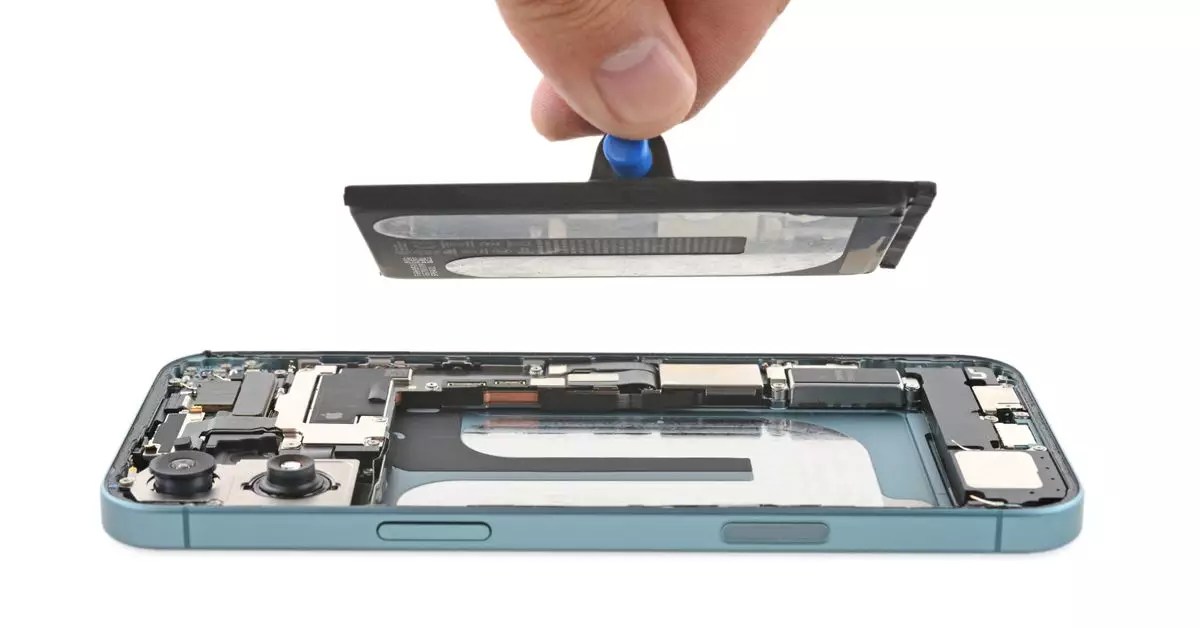The arrival of the iPhone 16 lineup has ignited a new wave of interest among tech enthusiasts and repair advocates alike. In a noteworthy departure from previous models, Apple has introduced significant advancements that aim not only to elevate user experience but also to enhance repairability, a factor often overshadowed in the world of sleek devices.
A Groundbreaking Approach to Repairability
One of the standout features of the iPhone 16 is its incorporation of an electrically debondable adhesive for the battery enclosure—a development that could signal a shift in how smartphones are designed for longevity. This innovative adhesive, while not yet deployed across all iPhone models, has garnered attention for its potential to streamline the battery replacement process significantly. Unlike traditional glue, which can make extracting components laborious and potentially damaging, this new method introduces the idea of a simple electric current allowing for clean and efficient separation.
Initial tests reported by iFixit demonstrate that after safely disconnecting the battery from the motherboard, a mere application of electrical current—specifically from a 9-volt battery for about 90 seconds—allows the battery to pop out with minimal resistance, a venture aided by gravity. The technology underscores a forward-thinking mindset within Apple, aligning closer to repair methodologies that prioritize user accessibility and environmental sustainability.
Beyond the transformative battery adhesive, the internal architecture of the iPhone 16 features other noteworthy components. In particular, the newly designed Camera control button is not merely aesthetic; it boasts a tangible movement, enhancing user interaction. Furthermore, alongside this, a flex cable has been integrated which potentially gauges force applied, suggesting a sophisticated evolution in user feedback mechanisms.
Apple’s strategic placement of a heat sink specifically designed to regulate the A18 chip’s Neural Engine is another highlight. As AI integrations continue to expand across mobile technology, maintaining optimal temperatures becomes crucial. This attention to detail signals Apple’s commitment to performance and reliability in a crowded tech landscape.
With the unveiling of the iPhone 16, there is a palpable shift in consumer expectations surrounding device repairability. The tech community, particularly repair enthusiasts, is keenly anticipating how these advancements may influence future mobile devices. Will Apple continue on this path toward user-centric design that embraces easy repairs? The successful roll-out of the electrically debondable adhesive could set a new industry standard, inspiring other manufacturers to reconsider their approaches to device assembly and end-of-life resource management.
Ultimately, as consumers increasingly demand longevity and repairable designs from their electronics, Apple’s innovations with the iPhone 16 may very well pave the way for devices that harmonize advanced technology with sustainable practices. The implications of such a design philosophy cannot be understated, as the intersection of technology, repairability, and environmental consciousness becomes an ever more critical dialogue in today’s tech landscape.


Leave a Reply